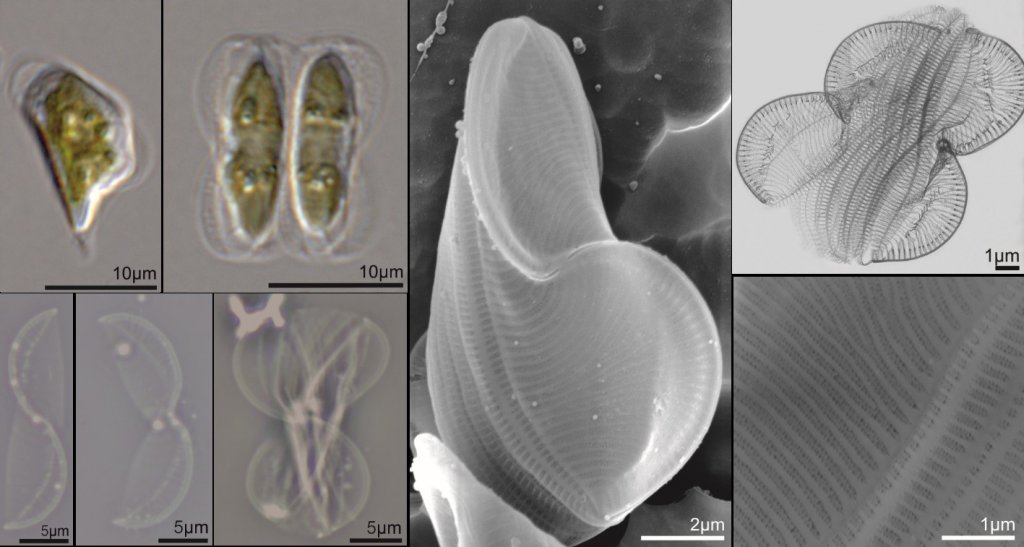Isotype of this species is deposited in the Croatian National Diatom Collection as permanent slide under accession number HRNDC000435.

From Latin adjective tenera (soft, delicate, gentle, fragile) referring to the delicate valves and general appearance of the cells in light microscope.
Croatia: Adriatic Sea, south-eastern coast, open waters (N 42°29’ E 17°17’). Plankton net sample collected on March 2, 2015 by S. Bosak. Holotype slide of the strain PMFEN2 deposited in The Friedrich Hustedt Diatom Study Centre, Bremerhaven, Germany as BRM ZU10/75. PMFEN1 and PMFEN3 permanent slides deposited as isotypes at Macedonian diatom collection, Skopje, Macedonia under accession numbers MKNDC /Acc. No. 10517, MKNDC/ Acc. No. 10518, respectively and at Croatian National Diatom Collection under accession number HRNDC000435. GenBank accession numbers for PMFEN2 are KX591888 (rbcL) and KX591885 (psbC).
Cells delicate with very lightly silicified frustules, one multilobbed chloroplast and twisted around the apical axis with the different degrees of torsion: 16–21 μm long, 5–15 μm wide in constricted central part and 7–20 μm in widest part. Valves broad lanceolate with scalpeliform apices, 11–22 μm long and 3–7 μm wide in central part. The transition from elevated keel to the the valve body creates impression of a straight to slightly arcuate line. The transapical virgae and striae are arranged parallel on the valve body, extending from the valve margin towards the transition between keel and valve body. Virgae sometimes bifurcated at the valve margin or near the transition between valve body and wing. Valve striae 30–55 in 10 μm. Keel striae 18–42 in 10 μm. The striae closed by a hymen with rectangular perforations arranged in two parallel lines along the stria edges. Striae perforations 20–39 in 1 μm near the valve margin and 26–37 in 1 μm near keel margin. Basal fibulae sometimes interconnected with adjacent fibulae with transverse connections in shape of H or W, 60–70 in 10 μm. Raphe fibulae 29–42 in 10 μm. The central and terminal raphe endings are simple and very slightly curved downwards at valve apices. The cingulum is composed of one valvocopula and three to four copulae with smooth external surface with two rows of distinct elongated areolae. Areolae density in valvocopulae 40–50 in 10 μm. Oblong areolae in copulae are occluded by very lightly silicified hymenes perforated with round to rectangular poroids.